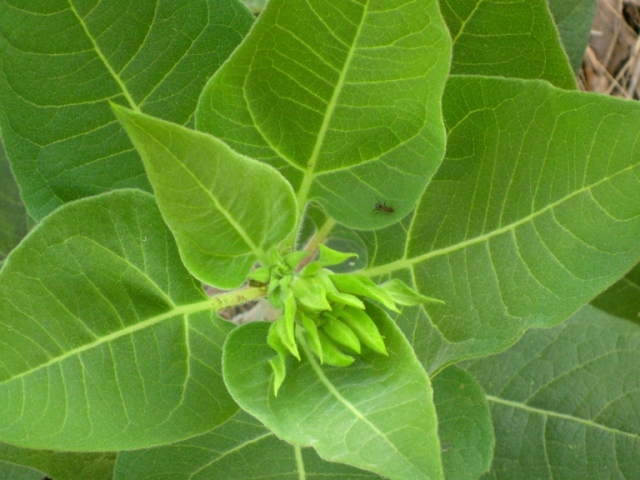Wild Wyethias- sunflowers in the foothills


Double Wyethia flower
Oakhurst’s official flower?
When I arrived here in the mountains of Central California, I slowly became familiar with some of the individual plants living here. Right now the Mule’s ears are at their peak and here is a look at how they grow.
Hall’s Mule Ears, Wyethia elata
These are wonderful sunny flowers to encourage in the foothill garden. They grow, distinctively, in patches 6 to 8 feet wide, spreading with underground roots, and I’ve learned not to water them at all; they die if watered. The leaves are furry and grey and the flowers look like small sunflowers, about 2-3 inches wide. They are in the sunflower family and is endemic (limited) to California alone, according to Calflora. It is included in the CNPS Inventory of Rare and Endangered Plants. Of ten varieties of Wyethia in Caifornia, most are endemic to Central and Northern California, one Wyethia ovata, grows in Southern California.
The plants that grow along with this are Giant mountain dandelion, Pacific sanicle, Poisonoak, Tomcat clover, Bicolored lupine, June Grass, Redmaids, Blue Elderberry, California poppy, Yellow Mariposa lily and Foothill shooting star.
In the foothills around Oakhurst, CA, they grow in their typical patches all along the roadsides. In taking this series of photos, I’ve become aware of how long they perform in the garden. they pop up in early March as seedlings, grow slowly up for a whole month and in early April are still in the seedling stage.
Weeding the wyethia patch definitely encourages more. Most weeds here were Hedge parsley and bedstraw and English plantains.
In the month of June, I weeded two large patches and one smaller one in the back garden area. In the photo above, that whole bare area was covered in weeds. Now I hope the natives will be ables to flourish. Unfortunately, I’ve killed a patch on the front bank due to watering. Death by drip. I’ve since stopped watering that area at all, having planted redbuds, Creeping sage, Foothill penstemon and Manzanita ‘Howard McMinn’ and plugged the sprayers that reach this area. There are one or two sprouts growing, so I may get a reprieve.
I love Mule’s ears because they come up like clockwork every year, add loads of color, need no care except weeding and don’t seem to invade or decrease in number. The dry, crisp stems snap off easily to neaten the patch in the Fall. I just stamp them down.
One large patch is near an old glider looking off onto the mountain. Just beyond this patch is the entrance to the forest. When we arrived here there was an opening in the wire boundary fence and the deer had taken advantage of it. A deer path ran crosswise all the way to the seasonal stream, or drainage ditch says Tractor Man. Quail nest in fallen branches just outside the fence. It’s a good place to watch the sunflowers and the rest of the ‘show’.
Notes:
From Southwest Colorado Wildflowers
Nathaniel Wyeth was an 19th century eastern merchant who mounted several Western commercial and exploratory expeditions; the second included botanist Thomas Nuttall and ornithologist John Kirk Townsend. Nuttall named the Wyethia genus in 1834 from specimens collected by Wyeth in 1833-1834 on his first expedition.
Recent Posts
How to Be a Lazy Gardener
...and still have a pretty garden With a busy household and jobs, we are…
Summer is Spring at Whiskey Falls!
Take a day trip to Whiskey Falls... Come visit Whiskey Falls and the surrounding high…
California oak acorns: Feast or famine
Why do oaks drop more acorns some years and not others? If you have live…
Mule’s ear and Farewell to Spring
Roadside treasures worth stopping for In the first week of July in the Sierra foothills…
Our favorite butterfly plants
Wow! Butterflies love these plants! Grow any of these for instant results and each is…
A water-saving veggie garden for the foothills
Your water-wise veggie garden Does everyone in our Mountain Community grow at least one tomato?…
